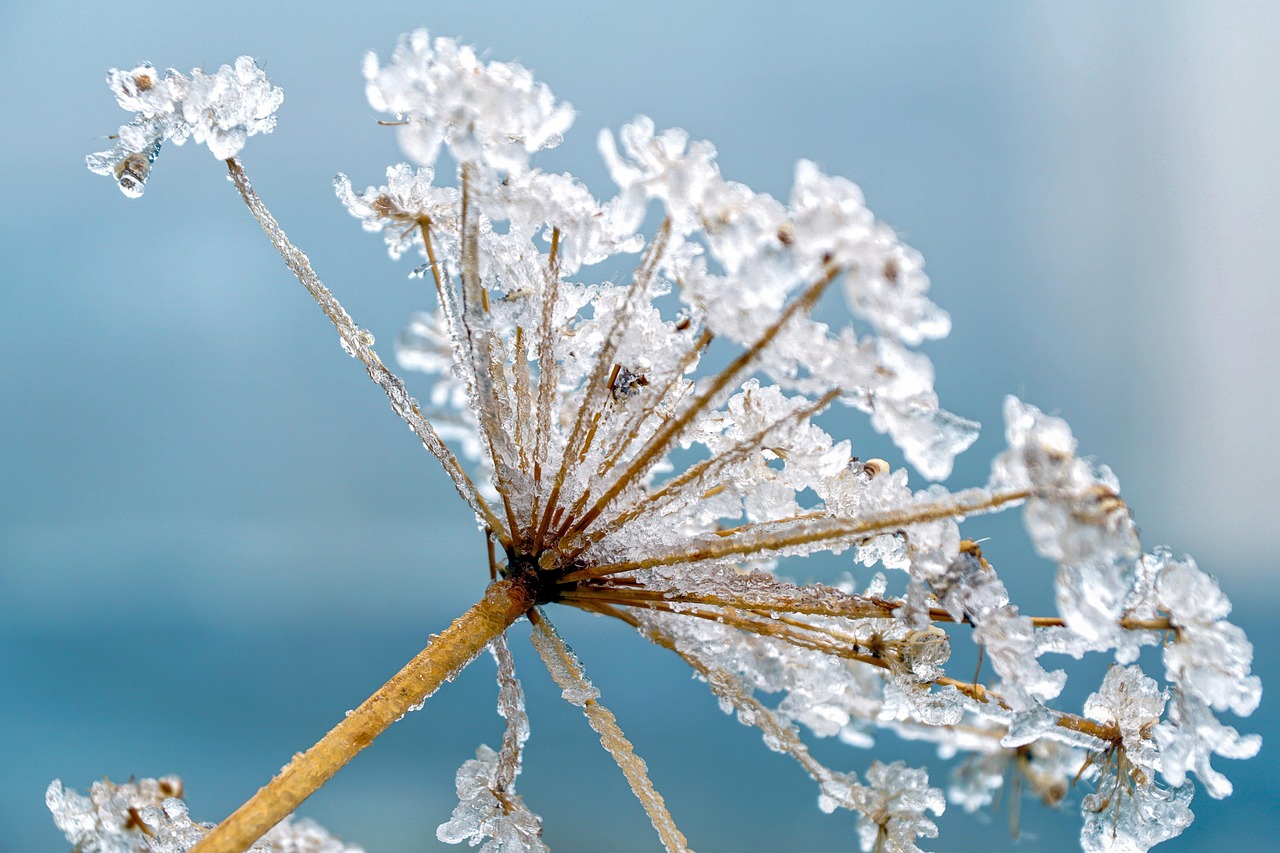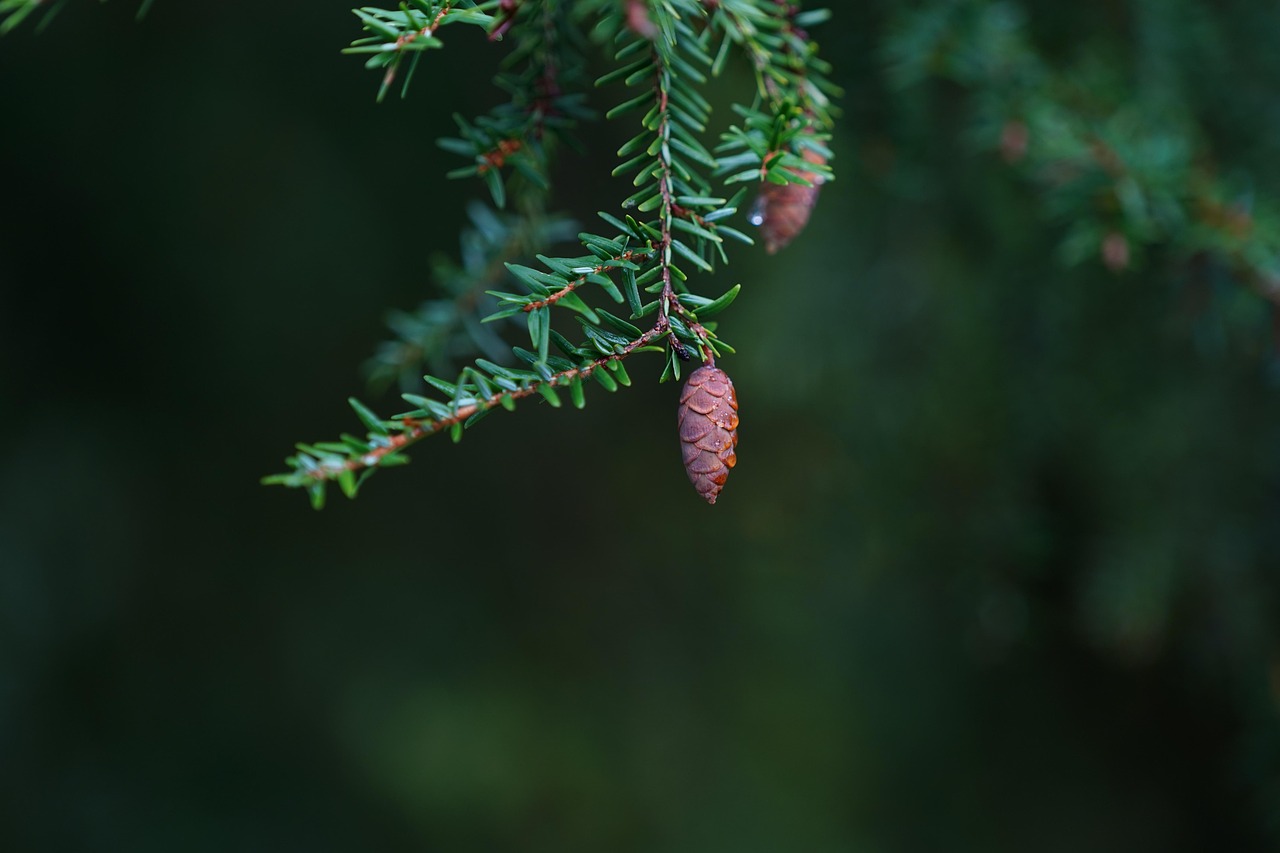To ensure successful planting of Western Hemlock, select a suitable location with partial shade and well-drained, acidic soil. Prepare the soil adequately, water regularly, and monitor for pests. Pruning and mulching can also enhance growth and health.
The Western Hemlock (Tsuga heterophylla) is a native tree species in the Pacific Northwest. Known for its graceful appearance and dense foliage, it plays a vital role in the ecosystem. This tree can reach heights of up to 200 feet and has a lifespan of over 500 years. Its soft, needle-like leaves and drooping branches make it a popular choice for landscaping and reforestation projects.
This guide will explore the essential best practices for planting Western Hemlock to ensure optimal growth and health. Understanding the specific needs of this tree will help you create the ideal environment for it to thrive. Whether you are a novice gardener or an experienced landscaper, following these guidelines will increase your chances of success.
Understanding Western Hemlock’s Growing Conditions

Western Hemlock thrives best in specific conditions. This tree prefers moist, humid environments, often found in forested areas along the Pacific coast. The following factors are crucial for successful planting:
| Factor | Ideal Condition |
|---|---|
| Soil Type | Well-drained, acidic soil |
| Sunlight | Partial shade to full shade |
| Moisture | Consistently moist but not soggy |
When preparing your planting site, consider the following key elements:
- Soil Preparation: Test the soil pH to ensure it is acidic (between 5.0 and 6.5). Amend with organic matter like peat moss if necessary.
- Site Selection: Choose a location that mimics the natural habitat of Western Hemlock with filtered sunlight and moisture retention.
- Watering: Regularly water the young plants, especially during dry spells, to establish strong roots.
Planting depth is also critical. When planting seedlings or young trees, dig a hole that is twice as wide as the root ball but no deeper than the root ball itself. This will encourage lateral root growth and help the tree establish itself firmly.
Maintenance Practices for Young Trees
Once your Western Hemlock is planted, it is essential to maintain its health through regular care. Here are some important practices:
- Mulching: Apply a layer of organic mulch around the base to retain moisture and suppress weeds.
- Pruning: Conduct light pruning to remove any dead or damaged branches. This will promote healthy growth.
- Pest Monitoring: Regularly check for signs of pests or diseases. Early detection can mitigate potential damage.
By focusing on these best practices, you can create an inviting environment for your Western Hemlock to flourish. Adhering to these guidelines will not only enhance the tree’s growth but also contribute positively to your landscape’s overall aesthetic.
Watering Techniques for Optimal Growth
Watering is a critical component of maintaining the health of young Western Hemlock trees. Proper hydration supports root establishment and overall growth. Understanding the right techniques can make a significant difference in the success of your planting efforts.
Western Hemlocks prefer consistently moist soil. However, it is essential to avoid overwatering, which can lead to root rot. Here are some effective watering techniques:
- Deep Watering: Water deeply but infrequently. This encourages roots to grow deeper into the soil, enhancing drought resistance.
- Soil Moisture Checks: Regularly check soil moisture by digging a small hole near the roots. If the soil feels dry to the touch, it is time to water.
- Drip Irrigation: Consider using a drip irrigation system to provide consistent moisture directly to the root zone without wetting the foliage.
- Mulch Maintenance: Ensure that your mulch layer remains intact. It helps retain soil moisture and reduces evaporation.
In hotter climates or during dry spells, you may need to adjust your watering schedule to ensure adequate hydration for your Western Hemlock.
Soil Amendments for Enhanced Growth
The quality of soil plays a vital role in the thriving of Western Hemlock. To achieve optimal growth, consider various soil amendments that can improve soil structure and nutrient content.
Here are some beneficial amendments:
- Pine Bark Mulch: This organic mulch not only conserves moisture but also gradually adds nutrients as it breaks down.
- Compost: Adding compost enriches the soil with essential nutrients and enhances microbial activity, promoting healthier root systems.
- Sphagnum Peat Moss: This amendment helps improve soil acidity and moisture retention, both of which are beneficial for Western Hemlock.
When incorporating amendments, it is advisable to mix them thoroughly with existing soil before planting. This ensures that young roots can access nutrients easily and establishes a healthy growing environment.
Fertilization Strategies
While Western Hemlocks generally thrive in nutrient-rich soils, proper fertilization can provide an extra boost, especially during their early years. Understanding how and when to fertilize can lead to healthier trees.
The following strategies are recommended:
- Slow-Release Fertilizers: Use slow-release fertilizers specifically formulated for conifers. Apply them in early spring as new growth begins.
- Soil Testing: Conduct a soil test to determine nutrient deficiencies before applying fertilizers. This ensures you are providing the right nutrients.
- Avoid Over-Fertilization: Over-fertilizing can lead to excessive growth at the expense of root development. Follow package instructions carefully.
A well-balanced fertilization approach will support healthy foliage and robust growth while minimizing the risk of environmental harm.
Pest and Disease Management
Western Hemlocks can be susceptible to various pests and diseases. Proactive management is crucial to maintain tree health and vigor. Familiarizing yourself with common threats will allow you to address issues promptly.
Some common pests include:
- Hemlock Woolly Adelgid: A significant threat that can cause needle drop. Look for white, cotton-like masses on the branches.
- Bark Beetles: These insects can bore into the bark, disrupting nutrient flow. Monitor for signs of tunneling or pitch exudation.
Diseases such as root rot and needle blight can also pose risks. Regular inspections for early signs of distress will help in managing these problems effectively.

If you notice any signs of pests or disease, consider consulting with a local arborist or extension service for advice on appropriate treatment options. Taking action early can prevent more severe damage and ensure your Western Hemlocks remain healthy and vibrant.
Environmental Considerations for Western Hemlock

When planting and caring for Western Hemlocks, it is essential to consider the environmental factors that can affect their growth. Understanding the surrounding ecosystem will help you create a suitable environment for these trees to flourish.
Climate Adaptability
Western Hemlocks thrive in temperate climates, particularly in areas with high humidity and moderate rainfall. They are well-adapted to the Pacific Northwest but can also be grown in similar environments. Here are some climatic factors to consider:
- Temperature Range: Western Hemlocks prefer mild temperatures. They can tolerate cold winters but struggle in extreme heat or prolonged drought.
- Humidity: These trees flourish in humid conditions. If your area has low humidity, consider providing supplemental water to keep the soil consistently moist.
- Wind Exposure: Protect young trees from strong winds, which can damage branches and hinder growth. Planting in sheltered locations can reduce wind exposure.
Soil Type and Quality
The type of soil plays a significant role in the health and growth of Western Hemlocks. They prefer well-drained, acidic soils rich in organic matter. Here are some soil characteristics to focus on:
- Drainage: Ensure the soil drains well to prevent standing water, which can lead to root rot.
- Organic Matter: Incorporating organic materials like compost or leaf litter will improve soil structure and provide essential nutrients.
- pH Levels: Maintaining a soil pH between 5.0 and 6.5 is optimal for Western Hemlocks. Regular testing can help you monitor this.
Companion Planting Strategies
Companion planting involves growing different plants in proximity for mutual benefit. When planting Western Hemlocks, selecting compatible plants can enhance biodiversity and improve overall health.
Some beneficial companions include:
- Ferns: Ferns thrive in similar conditions and can provide ground cover that retains moisture and suppresses weeds.
- Blueberries: These shrubs prefer acidic soil and can benefit from the shade provided by Western Hemlocks.
- Other Conifers: Species such as Douglas Fir or Sitka Spruce can coexist well with Western Hemlocks, creating a diverse forest environment.
Avoid planting species that require full sun or dry conditions, as they may compete for resources and hinder the growth of your Western Hemlocks.
Seasonal Care Practices
Adapting care practices according to the seasons is crucial for the health of Western Hemlocks. Different seasons bring varied challenges and requirements for tree care.
Spring Care
As temperatures warm up, focus on the following practices:
- Inspect for Pests: Conduct thorough inspections for signs of pests or diseases as trees begin to grow.
- Mulch Renewal: Refresh mulch around the base of the trees to retain moisture and suppress weeds.
- Fertilization: Apply a slow-release fertilizer if necessary, based on soil test results.
Summer Care
During hot months, it is vital to monitor moisture levels closely:
- Irrigation: Water regularly, especially during dry spells, ensuring deep watering practices are followed.
- Pest Monitoring: Continue to check for pests that may thrive in warm weather.
Autumn Care
The fall season brings its own set of care practices:
- Leaf Litter Management: Allow fallen leaves to decompose around the base of the trees to enrich the soil.
- Pruning: Conduct any necessary pruning to remove dead or damaged branches before the winter.
winter Care
In winter, your focus should shift to protecting the trees from harsh conditions:
- Snow Protection: If heavy snowfall occurs, gently brush off snow accumulation from branches to prevent breakage.
- Watering Caution: Ensure the soil remains moist but avoid watering if the ground is frozen.
By tailoring your care practices throughout the seasons, you can significantly enhance the resilience and vitality of your Western Hemlock trees. Each season brings unique opportunities to nurture their growth effectively.
Common Challenges and Solutions

Even with the best practices in place, growing Western Hemlocks may present certain challenges. Identifying potential issues early and knowing how to address them can promote a more successful planting experience.
Environmental Stressors
Western Hemlocks are sensitive to environmental changes. Here are some common stressors and solutions:
- Drought: During prolonged dry periods, trees may exhibit wilting or yellowing foliage. Implementing a regular watering schedule and using mulch to retain moisture can alleviate drought stress.
- Overexposure to Sunlight: Young trees may struggle in full sun. If possible, provide afternoon shade by planting near taller trees or structures to protect them from excessive sun exposure.
- Soil Compaction: Heavy foot traffic or machinery can compact the soil, reducing aeration. Prevent soil compaction by designating pathways and keeping heavy equipment away from tree root zones.
Pest Management Strategies
As mentioned earlier, pests can pose significant threats. To manage pest populations effectively:
- Natural Predators: Encourage beneficial insects, such as ladybugs and lacewings, which prey on harmful pests like aphids.
- Insecticidal Soaps: For minor infestations, consider using insecticidal soaps that target soft-bodied insects without harming beneficial species.
- Regular Monitoring: Maintain a consistent monitoring routine to catch infestations early before they escalate into larger problems.
Long-Term Care for Established Trees
Once your Western Hemlocks are established, ongoing care will ensure their health and longevity. Here are some long-term practices to consider:
- Periodic Soil Testing: Conduct soil tests every few years to monitor nutrient levels and pH, allowing for adjustments based on tree needs.
- Regular Pruning: As trees mature, regular pruning helps maintain shape and removes any dead or diseased branches.
- Monitoring Growth Patterns: Track the growth patterns of your trees. This can help you identify any changes that may indicate underlying issues.
Final Thoughts
Cultivating Western Hemlocks requires an understanding of their specific growing conditions and ongoing maintenance needs. By selecting the right location, preparing the soil adequately, and providing regular care throughout the seasons, you can create a thriving environment for these majestic trees.
Remember that patience is key. While Western Hemlocks may take time to establish and grow, their beauty and ecological benefits make the effort worthwhile. With attention to detail and proactive management, your Western Hemlocks will become a valuable part of your landscape for generations to come.
In conclusion, successful planting and care of Western Hemlocks hinge on knowledgeable practices. From proper site selection to seasonal care and pest management, every step contributes to the overall success of your planting efforts. Embrace the journey of nurturing these trees, and enjoy the many rewards they bring to your garden or forested area.
